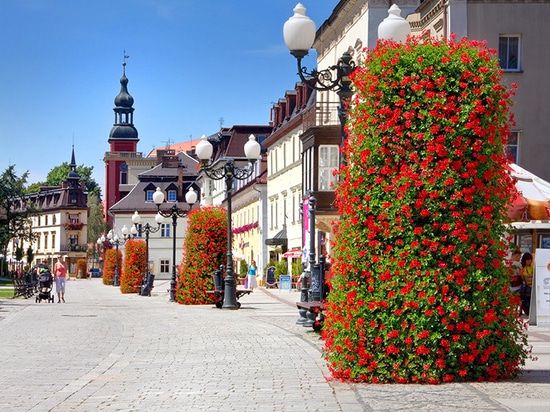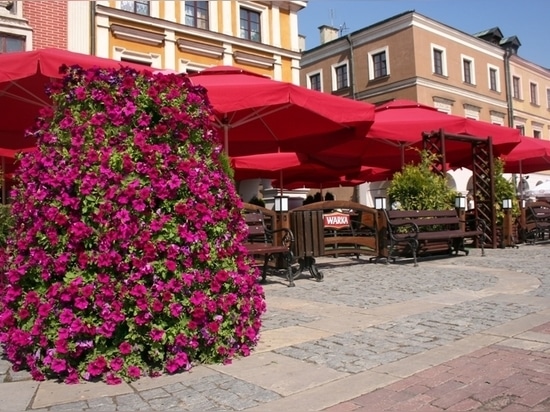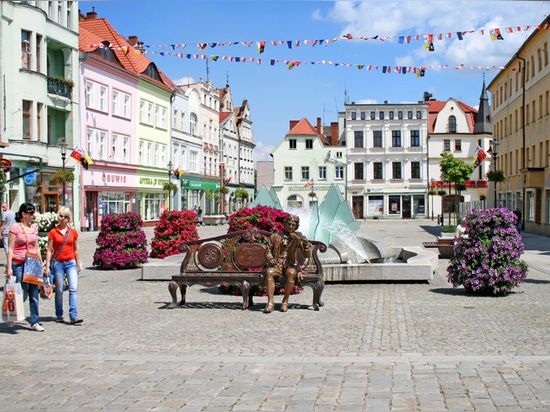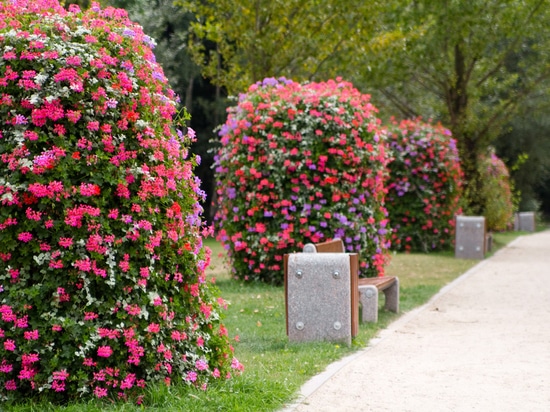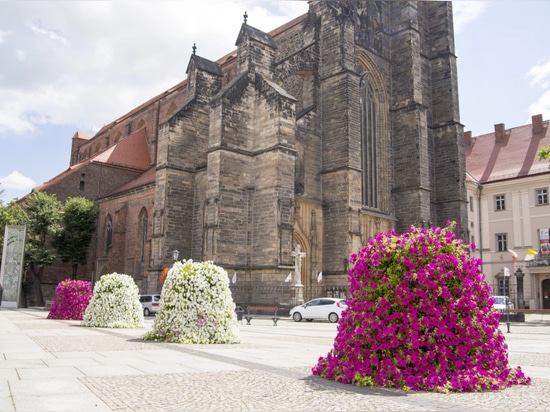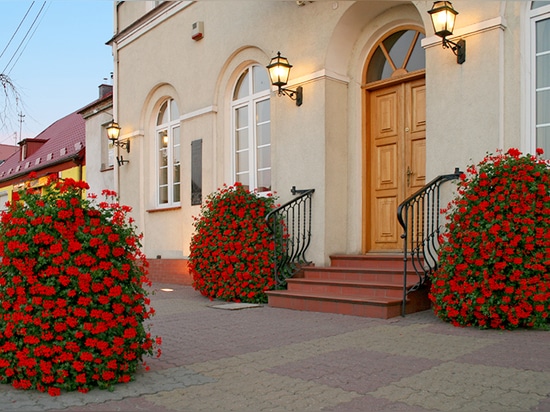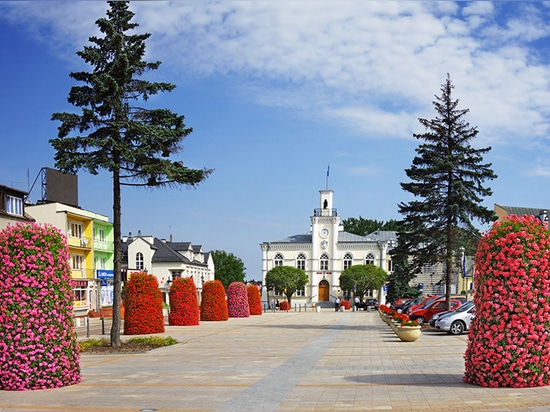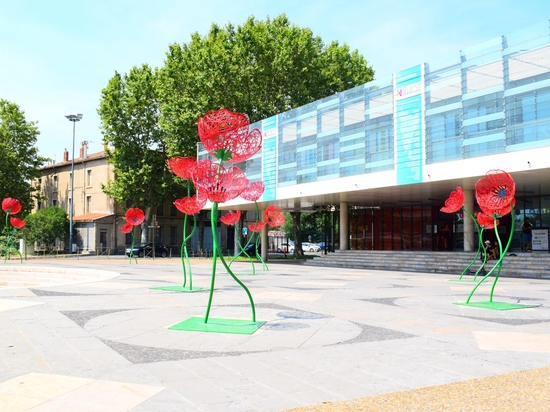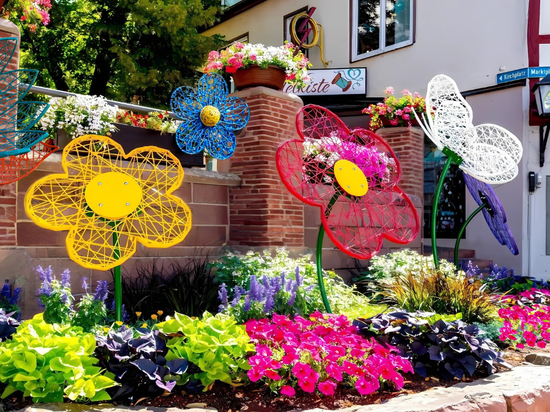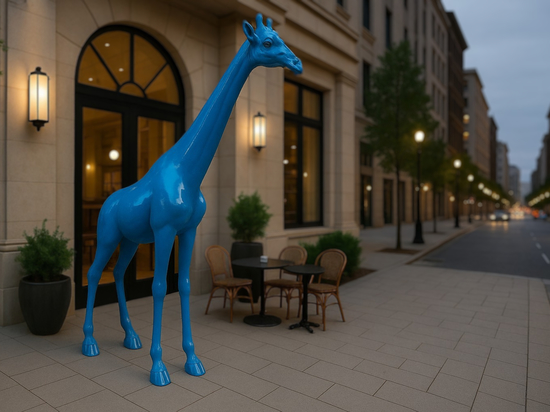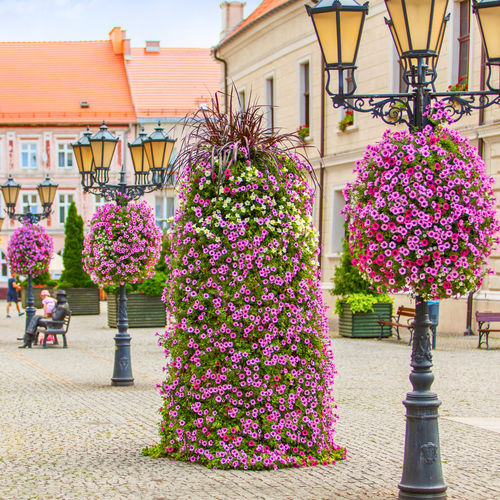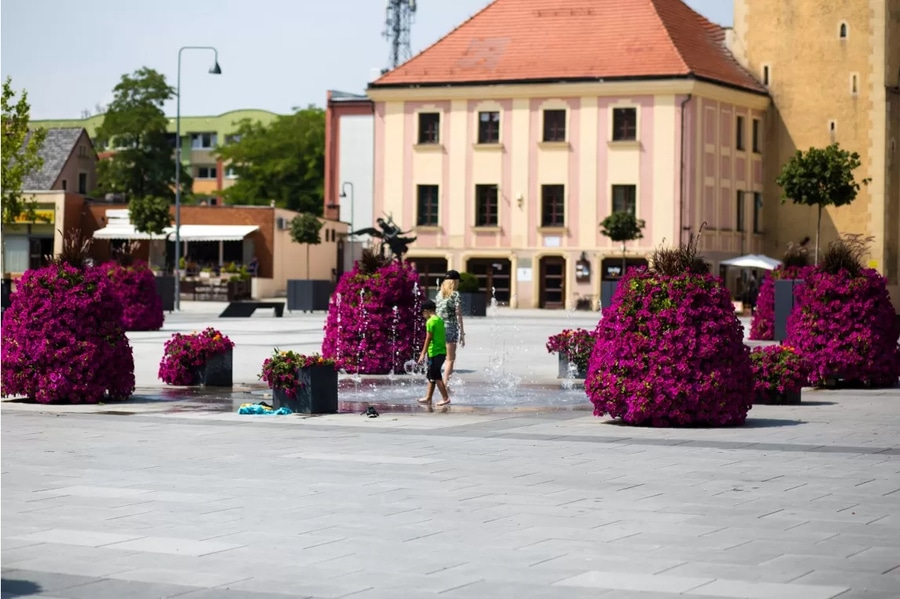
#Product Trends
Floral Towers: Vertical Gardens Redefining Urban Green Spaces
Innovative flower tower installations offer aesthetic, ecological, and space-saving solutions for modern cities.
As cities worldwide strive to combat the effects of rapid urbanization and climate change, urban planners and landscape architects are increasingly turning to innovative solutions that integrate greenery into densely built environments. One such solution gaining traction in recent years is the flower tower – a modular, vertical garden system designed to bring vegetation into even the most space-constrained urban areas.
These freestanding structures, often self-irrigating and built from lightweight, weather-resistant materials, serve as dynamic focal points in public squares, pedestrian zones, and commercial areas. Their sculptural form adds visual interest while enhancing the urban microclimate and biodiversity.
The key advantage of floral towers lies in their ability to provide maximum greenery with minimal ground footprint. Whether planted with seasonal flowers, pollinator-friendly species, or aromatic herbs, these towers help cities soften hardscapes, reduce heat islands, and improve air quality. Additionally, they support local ecosystems by offering new habitats for bees and other pollinators, contributing to broader environmental goals.
Many manufacturers now offer smart features such as automated irrigation systems, rainwater collection, and modular designs that can be easily adapted to different urban contexts. Combined with sustainable materials and low maintenance requirements, floral towers represent a practical yet impactful tool in urban greening strategies.
In an era where urban land is increasingly limited, flower towers provide an elegant and efficient solution to bring nature back to the city – not only transforming spaces visually, but also enriching the lives of residents and visitors alike.
